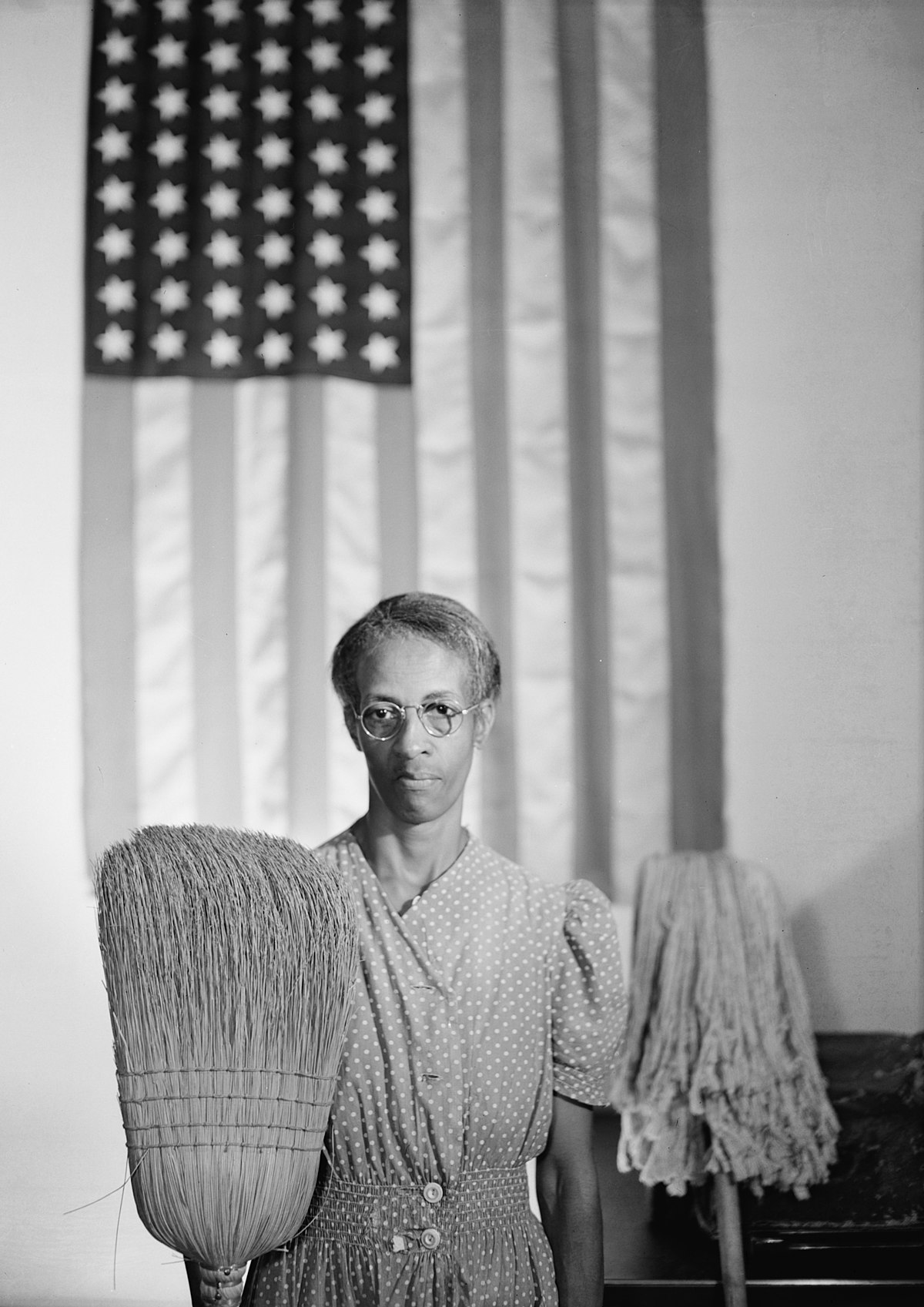Visual Narratives: Masterpieces That Illuminate Black History

African American artists have made significant contributions to the art world, using their creativity to address issues of race, identity, and social justice.
The famous artworks mentioned below are just a glimpse into the rich and diverse body of work created by black American artists. These masterpieces continue to inspire, educate, and challenge us to reflect on the African American experience and the ongoing struggle for equality and justice. As we celebrate these artists and their creations, we honor their legacy and the enduring impact of their art.
The Underground Railroad by Charles T. Webber
It’s among the most iconic paintings in the collection of the Cincinnati Art Museum, and among the most reproduced. Charles T. Webber’s The Underground Railroad has illustrated books, magazines, and encyclopedias by the score, and yet it took decades for the museum to accept the painting. (read more about it, linked below)
The painting shows black slaves, fugitives from the south, being guided through the snow to shelter at the Indiana farm of Levi Coffin and his wife. The family helping the slaves are Quakers. The painting includes two common stereotypes of the underground railroad: helpless slaves and their heroic Quaker saviors.
https://www....und-railroad/
“Forever Free" by Sargent Johnson
Forever Free, a sculpture by Sargent Johnson. Three feet tall, carved and painted wood. It is a depiction of a stylized African American woman sheltering two naked babies whose outlines have been incised and painted onto her columnar body. In the collection of the San Francisco Museum of Modern Art.
https://digi...1198/z1j97qmc
Harlem Street Scene by Charles Alston
Created by Alston in the late 1930s, Harlem Street Scene acts as a “day in the life” snapshot of the Harlem Renaissance, one of the great eras of economic, social, and cultural prosperity for African-Americans. The original lithograph was made as part of his work for the Works Progress Administration (WPA)—a public program created to help combat unemployment
https://20x2...%2DAmericans.
"American Gothic" by Gordon Parks
Gordon Parks, a renowned African American photographer and filmmaker, captured the iconic "American Gothic" photograph in 1942. It features Ella Watson, a cleaning woman at the Farm Security Administration office, standing in front of an American flag with a broom and mop in hand. This image serves as a powerful commentary on race, class, and inequality in America during that period.
https://www....d-ella-watson
"The Migration Series" by Jacob Lawrence
These monumental works by Jacob Lawrence, a prominent African American painter, were created from 1940-41. This series consists of 60 small tempera paintings that depict the Great Migration, a historic movement of African Americans from the rural South to the urban North between 1916 and 1970. Lawrence's use of vibrant colors and bold, geometric shapes captures the essence of this transformative period in American history. The series is now divided between the Museum of Modern Art (MoMA) in New York City and the Phillips Collection in Washington, D.C.
https://lawr...ration-series
"Portrait of a Man in a Blue Turban" by Kehinde Wiley
Kehinde Wiley is renowned for his vibrant and contemporary reinterpretations of historical portraits. His painting "Portrait of a Man in a Blue Turban" exemplifies his unique style. The artwork features a young black man in modern attire striking a pose reminiscent of Renaissance portraiture. By placing black individuals in traditional art-historical contexts, Wiley challenges and redefines notions of power, representation, and identity.
https://hunt...ung-gentleman
"The Flag Is Bleeding" by Faith Ringgold, part of The American People Series #18
This work considers the complex relationship between race and national identity, and makes a critical argument about the power of figuration, further noting that Ringgold was drawing on and extending a history of Black artists depicting "confrontations with the American flag." Charles Moore observed in The Art Newspaper that "tension spills over into violence" in The Flag is Bleeding, like similar later works in The American People Series. Victoria L. Valentine said in Culture Type that the work "makes a powerful political statement about American democracy and racism.”
https://www....e.224010.html
Share Black Artist To Know | Come Make Some Art Of Your Own!

